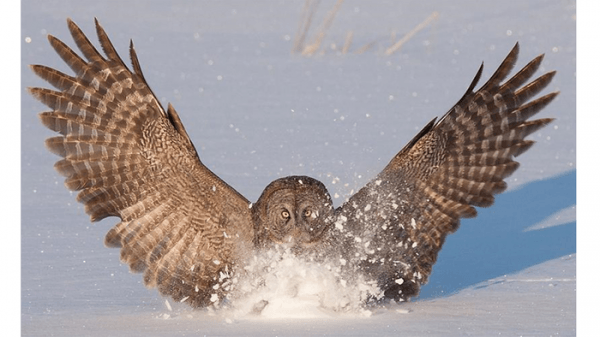Trailing-edge noise is the dominant source of sound from aeronautical and turbine engines like those in airplanes, drones, and wind turbines. Suppressing this noise pollution is a major environmental goal for some urban areas.
In Physics of Fluids, by AIP Publishing, researchers from Xi’an Jiaotong University used the characteristics of owl wings to inform airfoil design and significantly reduce the trailing-edge noise.
“Nocturnal owls produce about 18 decibels less noise than other birds at similar flight speeds due to their unique wing configuration,” said author Xiaomin Liu. “Moreover, when the owl catches prey, the shape of the wings is also constantly changing, so the study of the wing edge configuration during owl flight is of great significance.”
Trailing-edge noise is generated when airflow passes along the back of an airfoil. The flow forms a turbulent layer of air along the upper and lower surfaces of the airfoil, and when that layer of air flows back through the trailing edge, it scatters and radiates noise.
Previous studies explored serrated trailing edges, finding that the serrations effectively reduce the noise of rotating machinery. However, the noise reduction was not universal, depending heavily on the final application.
Read more at: American Institute of Physics
The shape of owl wings, which help the animals fly quietly, can inform airfoil designs. (Photo Credit: Wang and Liu)


